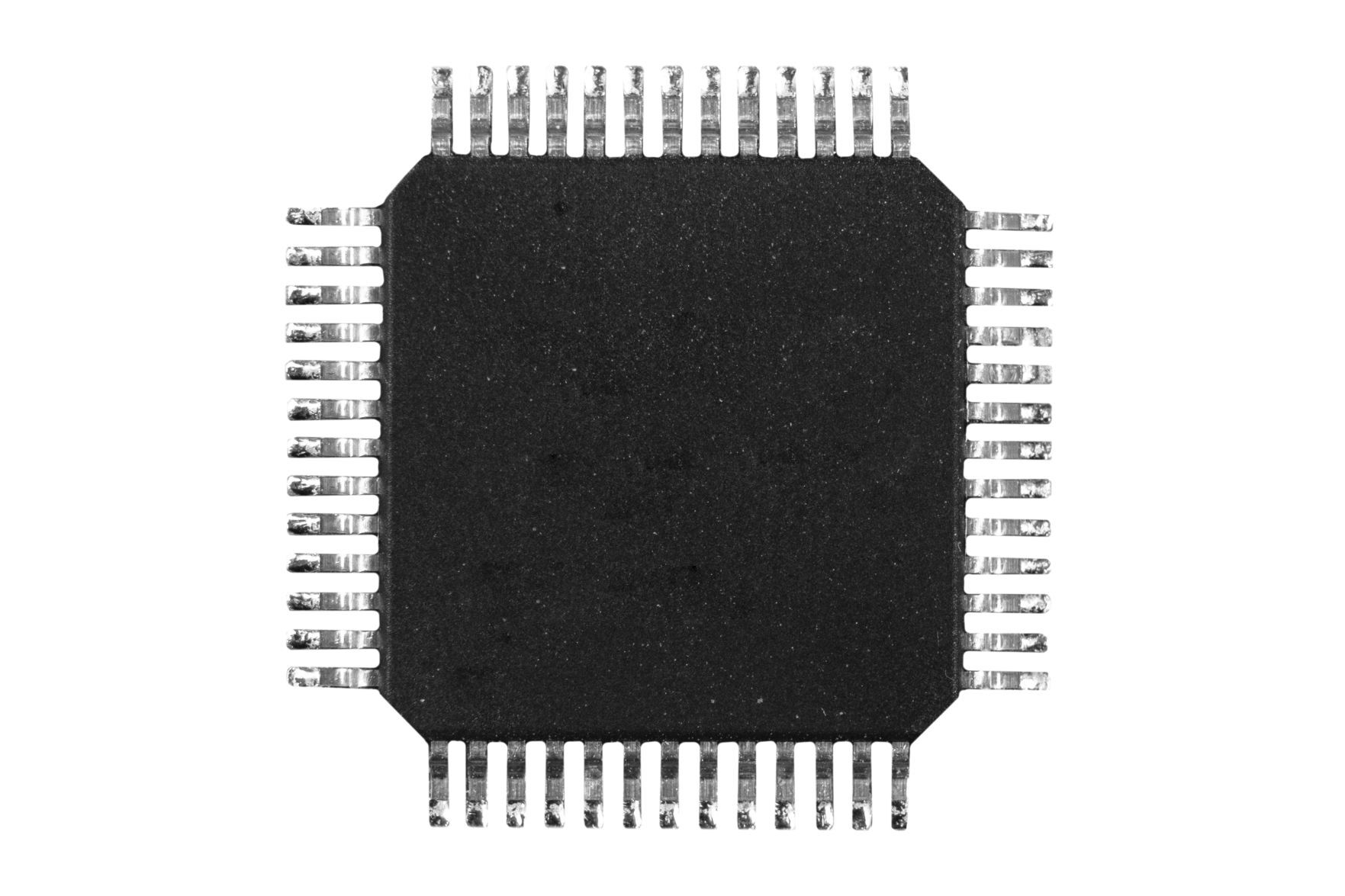

You could say the all-new Volkswagen Taos is just a smaller version of the Tiguan, and you would be right.
For a vehicle that is completely fresh, including a new name, the 2022 Taos feels extremely familiar. Everything about it is designed to fit with the Volkswagen family: its squared-off shape, its neatly designed cabin, and especially its zippy driving feel.
To me, the Taos seems like my VW soulmate, the vehicle I feel as if I knew from the moment we met.
Assuming one likes VolkswagenÃÛèÖÊÓƵ contemporary blend of value and spunk, thatÃÛèÖÊÓƵ a good thing.
Every Taos is powered by a 1.5-liter, four-cylinder turbocharged engine. ItÃÛèÖÊÓƵ a modified version of the JettaÃÛèÖÊÓƵ turbo four, and it works remarkably well in the bigger Taos with one exception.
At times during my test, it made lumpy, jerky power at low RPMs, at least in my test example. Most modern engines aim for a smooth, linear, predictable power output, but I struggled to get the Taos to launch smoothly at times, either surging ahead or loafing slowly. Getting the pedal position right was trickier than most new vehicles.
Other than that quibble, the Taos drives remarkably well. Handling is dramatically better than most of its competitors, making it a hoot to drive on winding roads. ItÃÛèÖÊÓƵ almost as fun as the Golf, albeit with a higher center of gravity.
Its eight-speed transmission feels flawless, serving up fast, crisp, seamless shifts at every point in the rev range.
ItÃÛèÖÊÓƵ also remarkably efficient, rated for 28 mpg in city driving and 36 on the highway—very impressive for a vehicle this size. All-wheel drive drops those numbers down to 25 and 32, respectively.
The Taos is designed to slot below the Tiguan in VolkswagenÃÛèÖÊÓƵ SUV lineup, but it looks and feels roughly the same size to me. ItÃÛèÖÊÓƵ a little smaller, if you trust the measurements, but visually it punches above its class.
That might be because some of the lines seem to match the Atlas, VWÃÛèÖÊÓƵ biggest SUV, more than the sprightlier Tiguan. A boxy back end gives it a masculine look and utilitarian space at the same time.
Inside, the Taos will feel instantly familiar to anyone who has driven a VW the past few years. It has the same clean, modern dash layout and easy-to-use buttons.
In a world packed with strong competitors—of which the new Taos is one of many fresh entries—it has to stand out on value, and Volkswagen did a good job living up to the brand promise on this vehicle.
The Taos aims to deliver lots of content for the money at every price point. I thought the equipment on my tester made it seem more expensive than its $33,885 sticker price reflected, including the IQ.DRIVE system with Travel Assist. When you turn that feature on using a button on the steering wheel, the Taos does an outstanding job essentially driving itself on the highway, albeit with the driverÃÛèÖÊÓƵ hands on the wheel and attention on the road.
I also loved the Digital Cockpit on my test Taos, which replaces analog gauges with a customizable digital display behind the steering wheel.
From the cynical, purist, car-guy perspective I gravitate toward, I struggle to love cars such as this. ItÃÛèÖÊÓƵ clearly designed to fill a niche in an increasingly sliced-and-diced world of crossovers and SUVs of every shape and size. I have the same complaint about all its competitors, too, which tend to be derivative and unoriginal.
As a realist and a dad, though, I get it. Vehicles such as this are extremely useful and sell like crazy for a reason.
There are likely plenty of buyers lining up for an ever-so-slightly smaller, more affordable version of the Tiguan. Now itÃÛèÖÊÓƵ here, and itÃÛèÖÊÓƵ named after a picturesque town in New Mexico.
Pricing starts at $22,995 for the Taos S with front-wheel drive, or $25,040 if you opt for all-wheel drive. The SEL trim with all-wheel drive tops the lineup at $33,045.
Q: We have occasional days of poor visibility—be it fog, rain, snow or just that half-light we get at dusk and dawn.
During these times, I have followed cars I can barely see, and often wonder why they don’t have their taillights on. Then I discovered that automakers did not include taillights in the daytime driving lights system.
It can’t be that expensive to include this feature in the car’s computer code, and it would be a big safety feature.
Thank you for your Car Talk section in the paper. I look forward to reading it every week.
—Gary
A: You’re right, Gary. Daytime running lamps are “always on” lights that are usually incorporated with the headlights.
They’re not the same as headlights. They’re dimmer, and they go on and off automatically when the car is driven. They’re designed to give you extra visibility with oncoming cars. And most countries require them.
But not the United States. Most cars here have them anyway because they’re a cheap and effective safety enhancement—and because carmakers have to include them on their cars for Canada, Europe and most other countries anyway.
But there are no daytime running taillights that we know of. It would make sense for those times you mention. Of course, drivers are supposed to turn on their full head- and taillights during times of poor visibility—fog, rain, snow, dusk, dawn or sharknado. Most state laws require lights on under those conditions. But we know people forget. So including taillights in the DRL system would be a smart idea.
If you’re concerned about people seeing you, Gary, one thing you can do is simply leave your full lights on all the time. Most cars now kill the lights when you turn off the ignition. So the danger of forgetting to switch them off and waking up to a dead battery is exponentially lower than it was in years past.
That’ll give you some peace of mind that other drivers can see you in all conditions, and you won’t ever have to remember to turn on your lights when conditions change. Of course, it won’t help you see those other light-less vehicles. But with your headlights on, at least you’ll get a quick look at the make and model before you smack into their rear bumper.
Q: I was out for my biweekly run, and I saw that one of my neighbors had parked some wheeled conveyance in his driveway that I didn’t recognize. It had no markings or emblems.
So I said to him, “Greetings, Pilgrim, what breed of Detroit Horse you got parked there in your drive?”
Well, he smiled and proudly told me: “This is a Tesla. I’m doing my part to lessen carbon emissions and pollution. I’m going green and doing my part to save the Earth for my grandchildren.”
Well, not knowing too much about anything and having a mouth that runs faster than my brain, I said: “Well ... unless you have a windmill farm or solar panels in your backyard, all the electricity generated around here is from burning fossil fuels. So you’re not really decreasing carbon emissions or helping the planet.”
Surprisingly, he let out a string of every expletive I’ve ever heard, a few new to me, expertly strung together that conveyed that he wasn’t in agreement with my evaluation.
Was I right? If I was wrong, Pilgrim, I do apologize, I stand corrected, and if I may say so, it has been a privilege having you as a neighbor and an honor knowing such an exemplary American and parent!
If I was right, Pilgrim, with the “green” you spent on that Tesla, you could have bought each of your grandkids a new Corolla.
—Mark
A: Mark, I’m afraid this “Pilgrim” bit isn’t the only thing of yours that’s out of date. Your knowledge of electricity generation is also behind the times.
Utilities have been adding natural gas and renewable sources to their generation mix for years now. So in the vast majority of the country, electricity comes from a mix of fossil and renewable fuels.
Some states are further along than others in this transition. But the percentage of solar and wind has increased markedly in recent years and is increasing all the time. Obviously, every solar panel or wind turbine that’s added to your state or regional grid makes electric cars that much cleaner. But they’re already cleaner than the equivalent individual gasoline engine—by a significant margin.
Plus, it’s easier to control pollution at a handful of power plants than to control pollution in the engines and exhaust systems of millions of individual cars.
Any particular car can be running too rich, have a bad sensor or be driving with a worn-out catalytic converter. And that’s hard to police. Power plants, simply because there are fewer of them, are easier for regulators to keep an eye on.
Finally, electric cars remove air pollution from our most crowded places. So if you live in a city or the suburbs, where the sheer density of people and cars concentrates pollution, driving an electric car is a kind thing to do for your friends, family and neighbors.
So rig up the Santa Maria, Mark, sail back down to your neighbor’s house, apologize and invite him over for Thanksgiving.
Got a question about cars? Write to Ray in care of King Features, 628 Virginia Drive, Orlando, FL 32803, or email by visiting the Car Talk website at .

Macro shot microchip isolated on white background. Computer hardware technology. Integrated communication processor isolated over white. Information engineering. Semiconductor. PCB. Closeup









